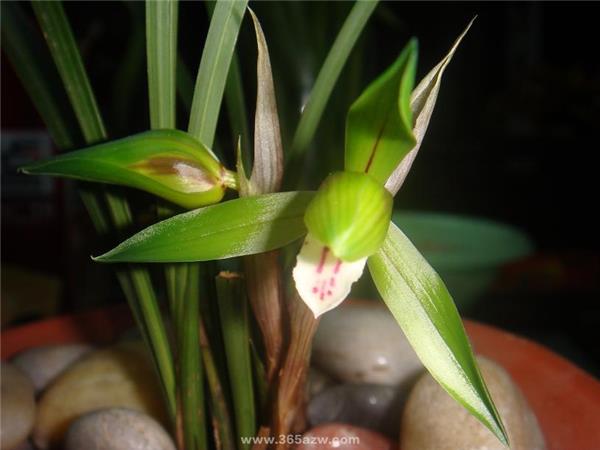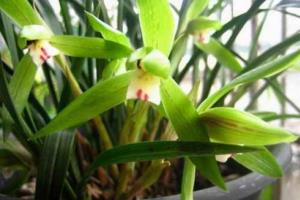Disease and pest control of spring orchids teach you how to be good spring orchids
The spring orchid has elegant branches and leaves and charming fragrance. It is a good indoor ornamental flower, and it is also one of the most valuable flowers. It is often arranged in the living room, study and other places. It has a good embellishment effect, but the spring orchid is a variety prone to diseases. Let's take a look at the pest control of the spring orchid:

Disease and pest control of spring orchids:
1. Soft rot of spring orchid
Because of high temperature and humidity and poor ventilation in spring and summer, soft rot is easy to occur when excessive application of nitrogen fertilizer. At the initial stage of the disease, waterlogged disease spots were produced by bacteria invading the leaves or heart leaves, which expanded rapidly and contained more water. In the later stage, the diseased leaves became yellow and fell off, and the whole plant died of soft rot.
Solution: improve growth conditions, increase ventilation, reduce temperature and humidity, use streptomycin 1000 times water solution, stone sulfur mixture or Bordeaux solution, spray once a week.
2. Anthracnose of spring orchid
Anthracnose is easy to be infected with too dense planting, poor ventilation, water imbalance or injured wounds. The leaves produce brown sunken spots at the initial stage of the disease, then expand into round or irregular spots, and in severe cases, there is gangrene in the center of the spot.
The solution: do not plant too closely, cut off the diseased leaves, smear the wound with 1100 500 times Dasheng-45 water solution and 800 times carbendazim solution, and spray 1000 times thiophanate methyl or carbendazim solution once a week.
3. White silk disease of Chunlan flower
During the onset of white silk disease, the base of the stem blackened and rotted, gradually produced white hyphae on the disease spot, and the diseased plant gradually withered and died.
Solution: remove the pseudobulbs with disease spots, together with the planted pots and plants, burn them with fire, and spray 500x Dasheng-45 liquid or 1000 times carbendazim solution once a week.
4. Scale insects
The damage of scale insects is generally the most from June to September, which is often concentrated in the basal sheath and veins of orchid leaves to absorb nutrients and secrete a large number of bacteria. The stems and leaves become moldy brown, causing various diseases, hindering photosynthesis and weakening the growth of orchids. In severe cases, the leaves appear yellowish spots and maculae, and then gradually expand, so that the whole leaf withered yellow, lost green and fell off, and even the whole plant died.
Solution: use appropriate 50% omethoate emulsion (or 80% dichlorvos EC) plus new high-fat film, spray on the front and back of the leaves, spray once every 5 to 7 days, more than 3 times in a row.
Spring orchid is a more expensive flower variety, so we should pay attention to conservation and care in the process of breeding, so as to avoid the infection of diseases and insect pests, affect plant growth, and reduce the effect of decorating and decorating the home.
Related
- Wuhan Hospital Iron Tree Blooming Result Was Instantly Frightened by the Gardener Master
- Which variety of camellia is the most fragrant and best? Which one do you like best?
- What is the small blue coat, the breeding methods and matters needing attention of the succulent plant
- Dormancy time and maintenance management of succulent plants during dormancy
- Minas succulent how to raise, Minas succulent plant pictures
- What are the varieties of winter succulent plants
- How to raise succulent plants in twelve rolls? let's take a look at some experience of breeding twelve rolls.
- Attention should be paid to water control for succulent plants during dormant period (winter and summer)
- Watering experience of twelve rolls of succulent plants
- Techniques for fertilizing succulent plants. An article will let you know how to fertilize succulent plants.



